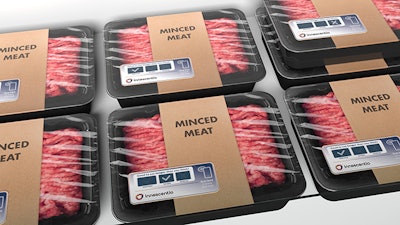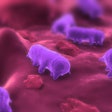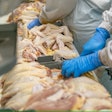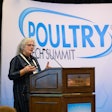
Smart labels could help consumers feel more confident about the freshness of the poultry and meat products they purchase.
Ynvisible recently partnered with food tech company Innoscentia to integrate custom sensors and produce a prototype smart label specifically designed for the meat and poultry industries.
“The main benefit of this technology is that it can save meat because it can prolong the lifetime of the product on the shelf. Traditional expiration labels have a built-in margin of safety to ensure that even the oldest meat is still okay to eat,” said Philip Holgersson, Business Developer, Ynvisible.
“By combining the Innoscentia sensor technology with our displays and expertise in the field of printed electronics, we can create a label that measures freshness in real-time."
The technology enables real-time quality monitoring of the food and can reduce food waste by minimizing the amount of spoiled product.
More than 48 million Americans get sick from a foodborne illness each year and 3,000 people die as a result, the Center for Disease Control and Prevention (CDC) estimates. Contaminated poultry meat is the underlying cause of 19% of deaths attributed to foodborne illnesses.
Printed graphic display
The display is made of printed organic electronics and contains three indicators that change to show consumers the freshness of the meat or poultry product they hope to buy. Consumers can also scan the label with their phone to bring up addition information about the product.
“The display is a very crucial component of these labels, acting as the iinterface between the human and the package with the smart label,” Holgersson explained. “It is super low power, flexible and low-in-cost.”
The display can also be combined with other sensor technologies to serve different purposes, that could be for example detecting pH, impact, temperature, humidity, presence of chemicals and more.
Like what you just read? Sign up now for free to receive the Poultry Future Newsletter.

















